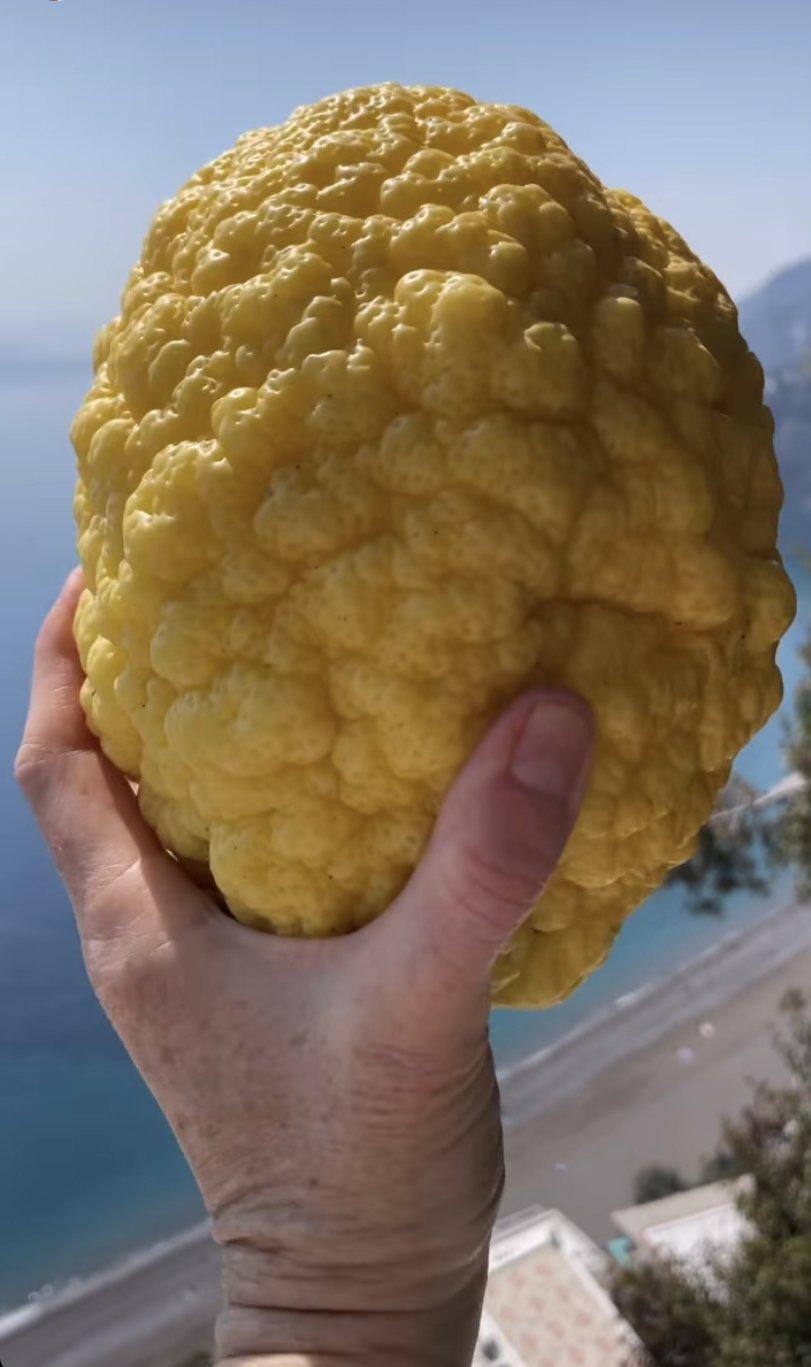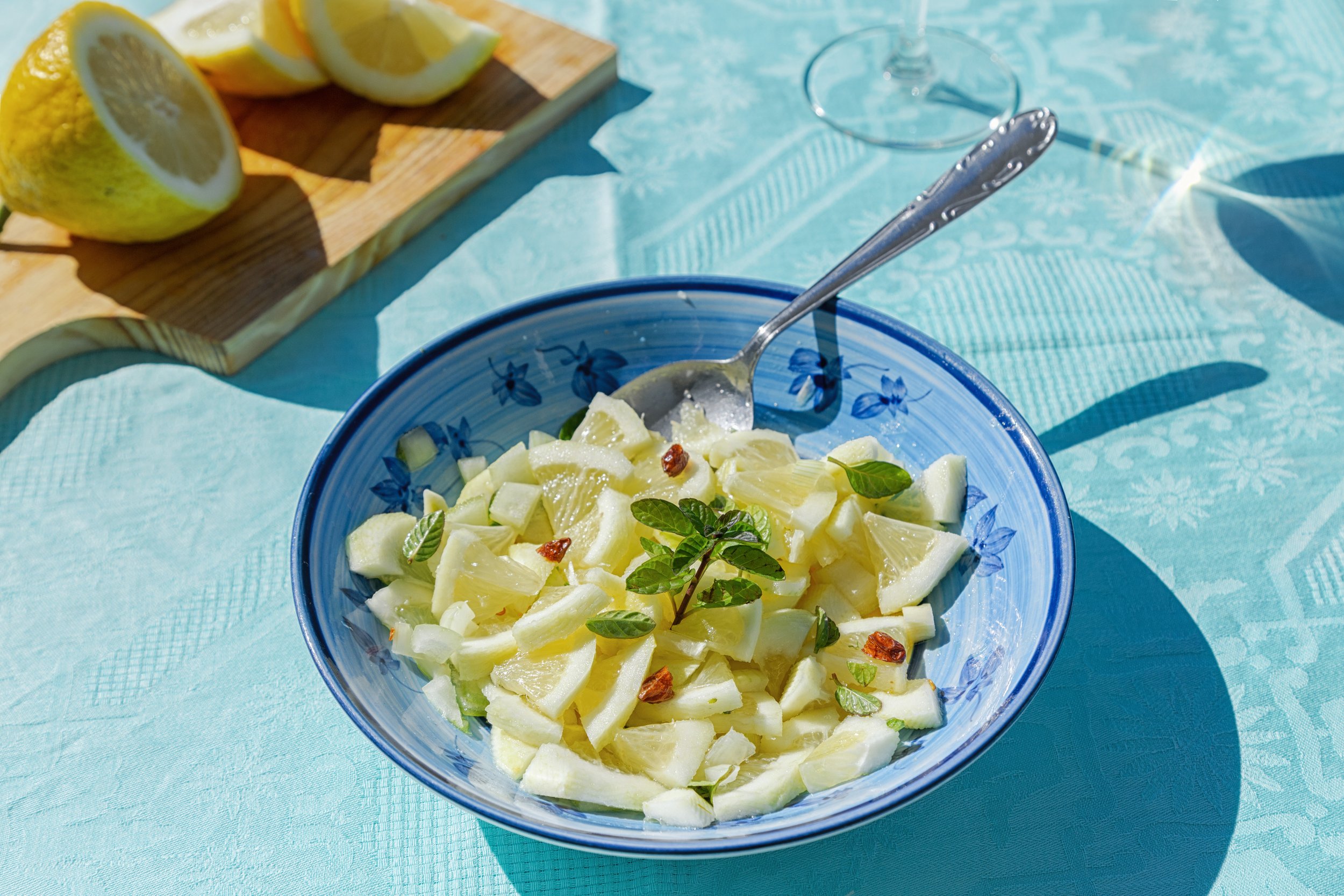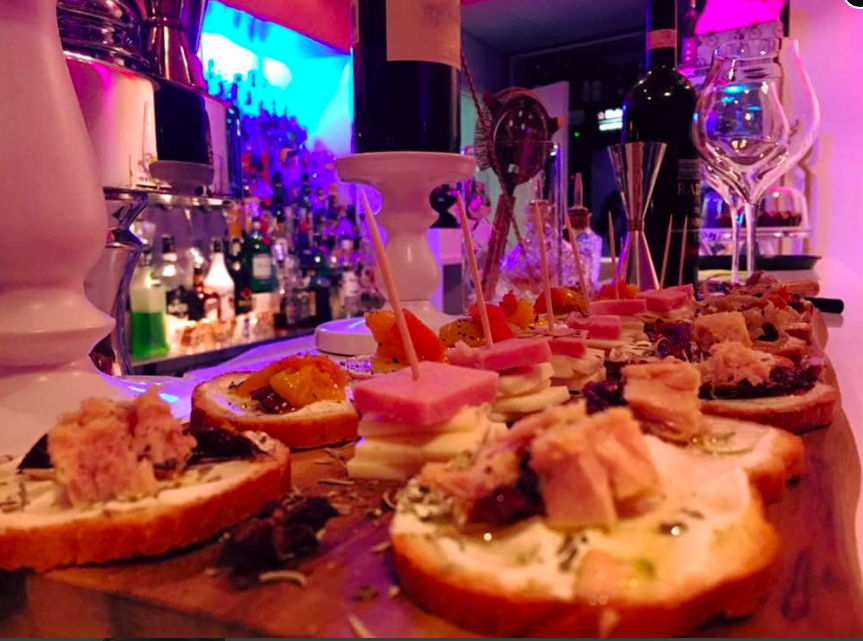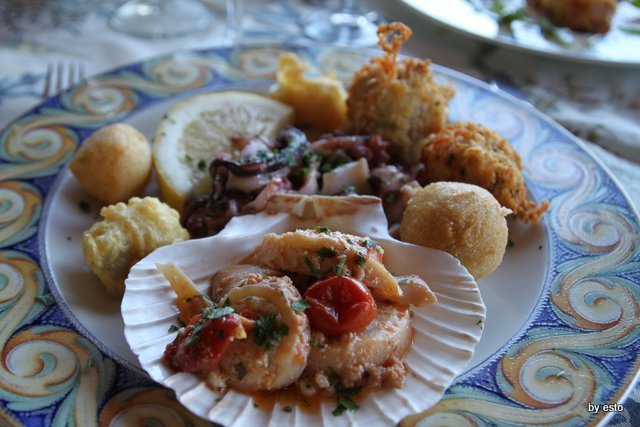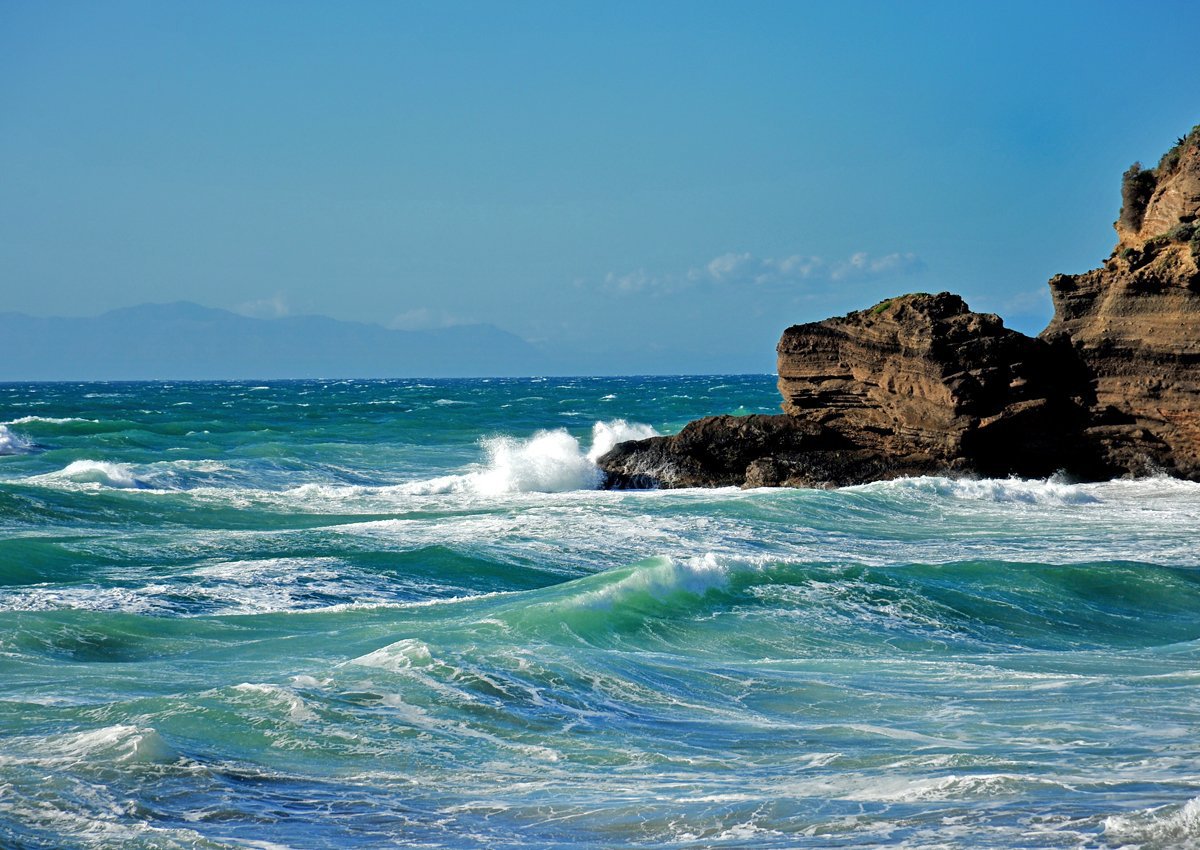Banner Photo by Rita Covello
Procida promises to pack a cultural punch for visitors this year
Lying between Capo Miseno and the island of Ischia, the isle of Procida rides so low in the water that it is hard to spot in bad weather. But don’t let its low profile fool you. This is a land of volcanic origin, born as a result of the movements on the earth caused by the force of magmatic activity of seven volcanoes.
Once a part of the mainland, (over 70,000 years ago), the geologically rich island and its tiny uninhabited .75-square-metre islet Vivara, are an extension of the volcanic complex in Campania. In fact, the volcanic deposits on the island represent the entire history of the Campi Flegrei and are readily visible along its coastal cliffs. Over time, the sea eroded the craters, destroying the connection to Capo Miseno, and Vivara (once attached to Procida) separated as well. In 1957, the two islands were joined again via a bridge that acts as a pedestrian route but most importantly, it was the first underwater aqueduct in Europe transporting water to both Ischia and Procida.
The island of Vivara is what remains of a circular volcanic crater that was once connected to Procida by a cliff. Today the islet is connected to the promontory of Santa Margherita (Marina Chiaiolella) by bridge that can only be crossed by foot
Its history is ancient, and one could certainly get lost uncovering the multiple layers of invasions, occupations and settlers, from the Myaceneans to the Greeks and then Romans, dating all the way back to the 16th and 15th centuries BC. To get a true taste of Procida today, a visit to the island is best navigated with the expert guidance of a seasoned local who specializes in the area. Rita Covello, founder and CEO of T4T Tailors for Tourism based in Naples and Sorrento, is a passionate connoisseur of the region and is known for tailoring experiences that are original, local and genuine. “We can tell its history and reveal little-known areas that are true undiscovered gems,” she says.
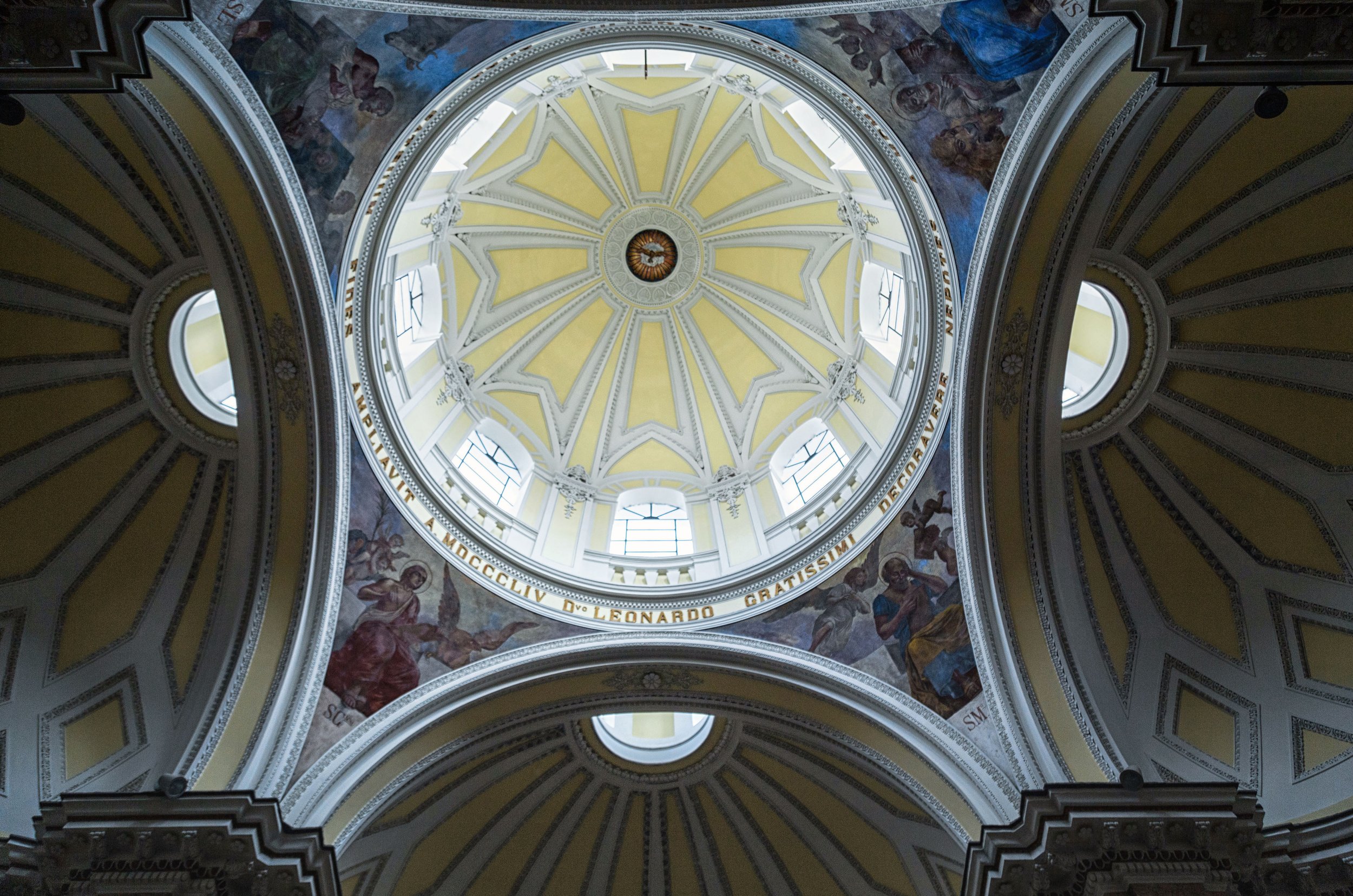
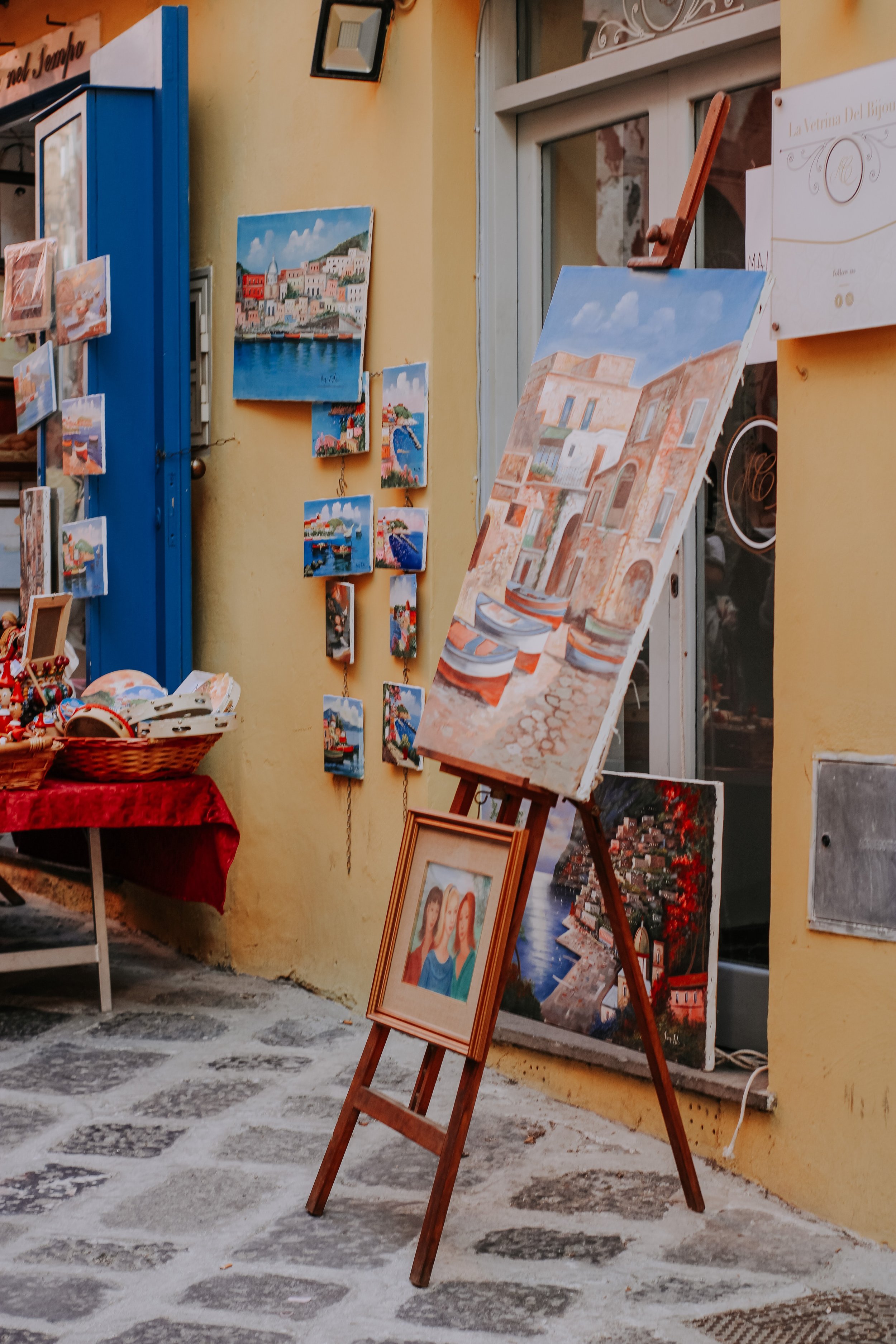
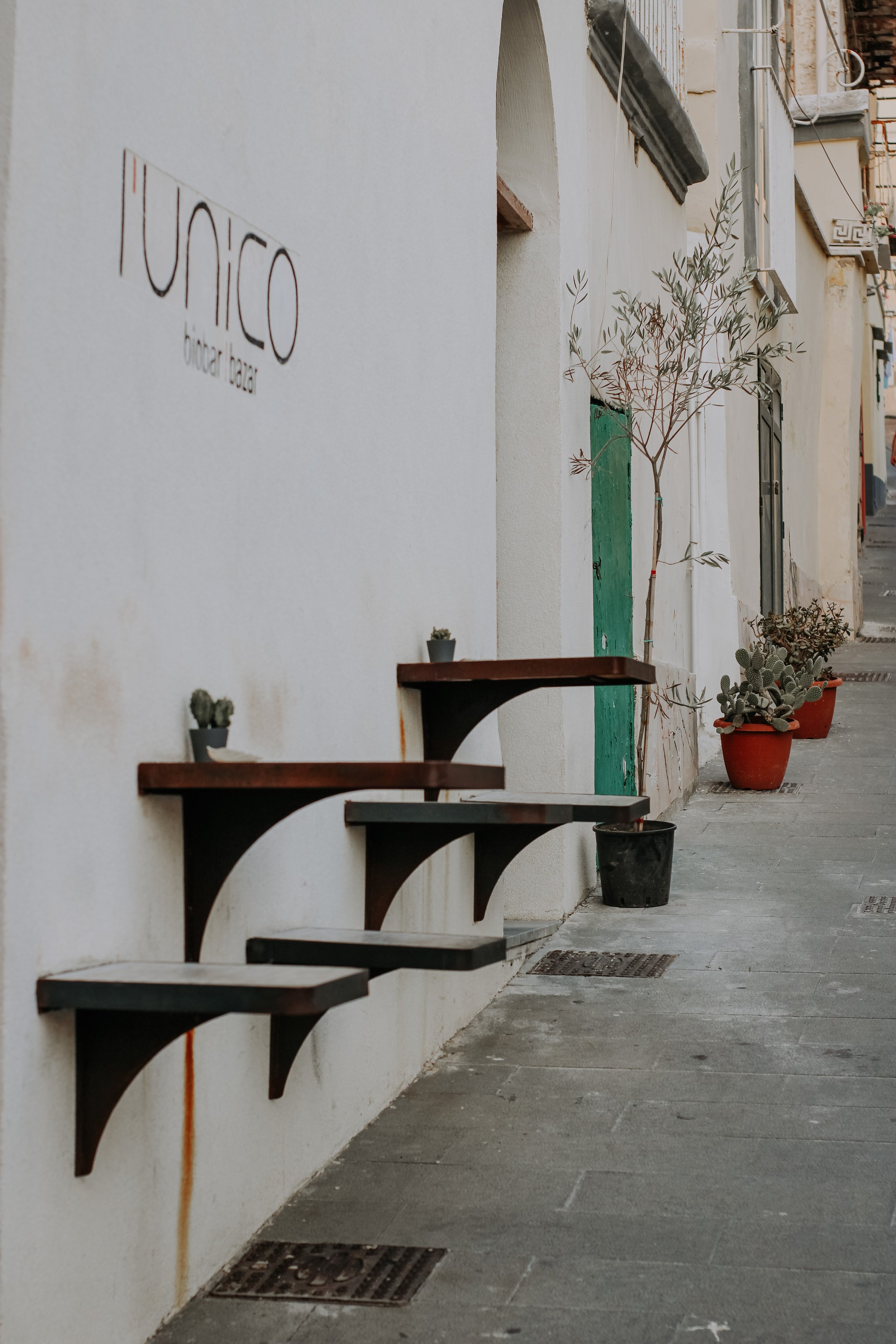
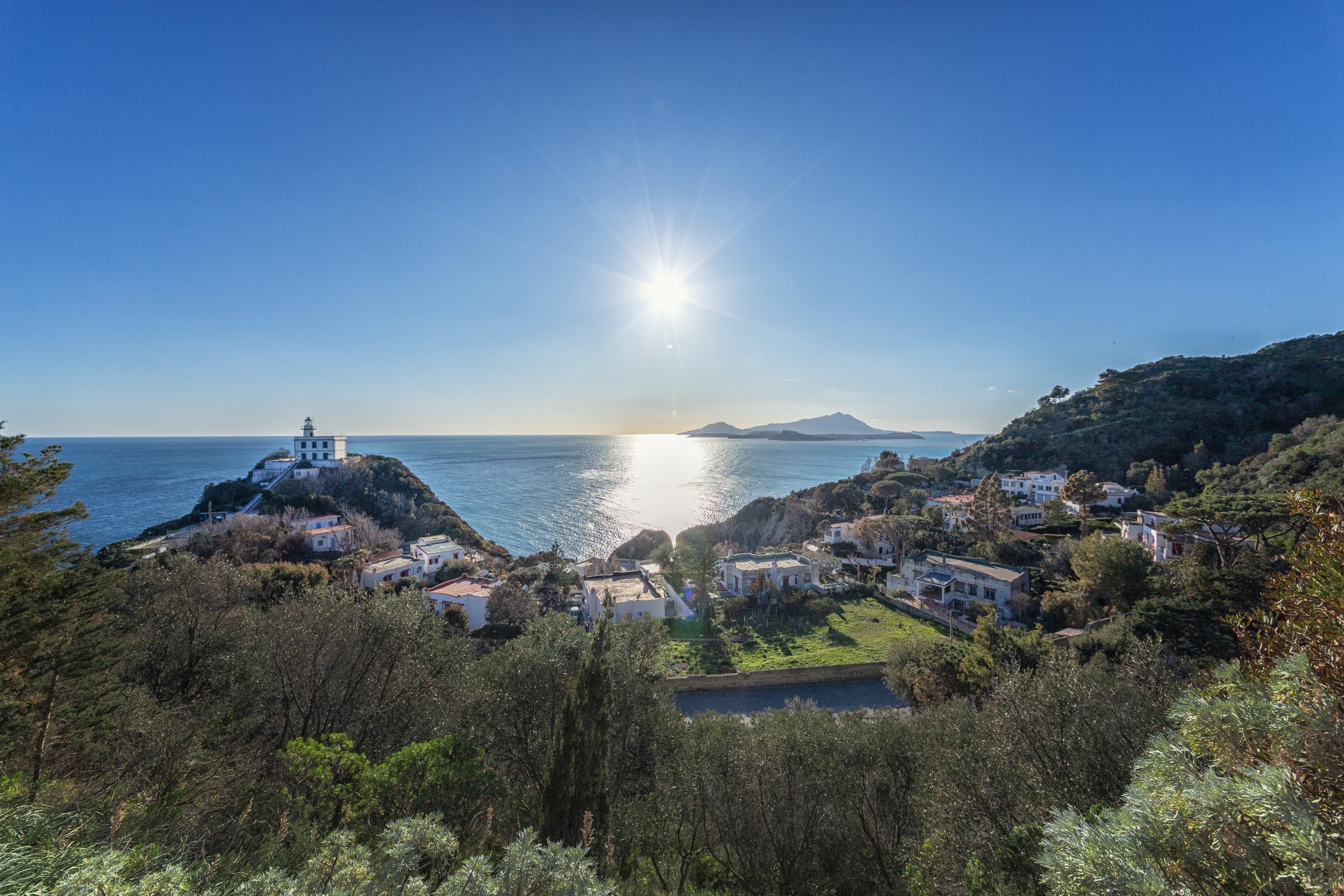
The former architect, now travel designer, has recently written a travel guide on the Phlegraean Fields and her islands, Ischia and Procida, which will be available this May. Her immeasurable knowledge of the area helps her devise itineraries that speak to clients’ varying interests and passions, as well as identify what would not be a good fit. “Do not choose Procida only for a beach holiday or if you’re looking for luxury and comfort, starred restaurants or nightlife,” warns Covello. In that case, she recommends making Ischia your home base, where there are more amenities, luxury accommodations and where visitors can partake in pampering at the natural thermal spas.


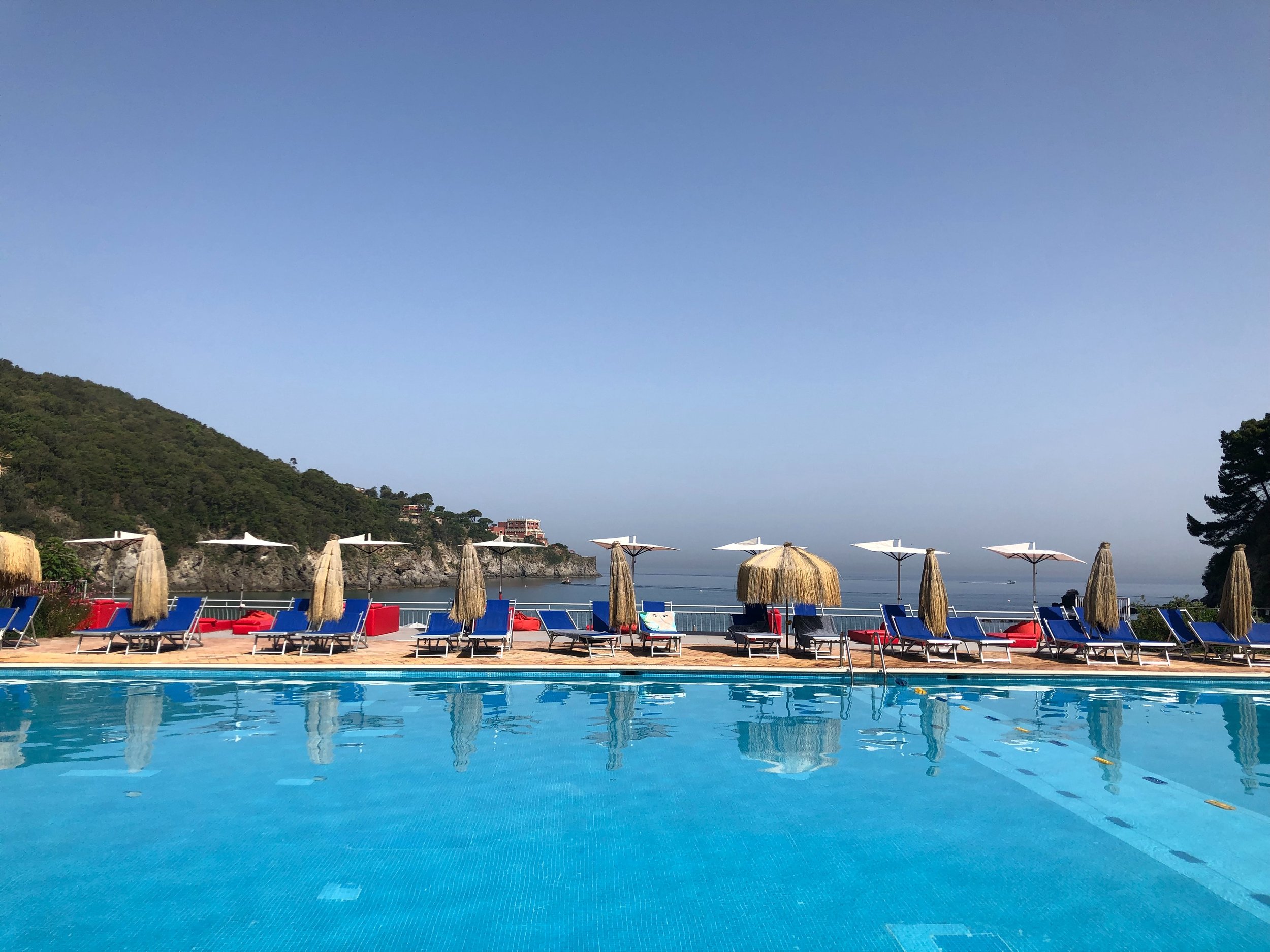
Procida instead is a simple, discreet island and cannot be compared to other Mediterranean islands. “Do not judge her at first glance, but seek to know her and discover her,” she advises. In fact, the best way to live Procida is to take your time and live it like a local by immersing yourself into the true soul of the island. She cautions that no one remains indifferent, “Procida either makes you fall in love or makes you run away.”
If you’re in the former group, Covello highly recommends a 10-day stay, ideally dividing your time between five days in the Campi Flegrei, the land of myth (in the Gulf of Pozzuoli, west of Naples) and five days in Procida.
The Marcellum lies in the middle of Pozzuoli. Photo by Marina Sgamato
““Procida either makes you fall in love or makes you run away.””
The Colours of Procida
However, with limited accommodation on the island, you will have to book way in advance. Your choices range from small hotels, Bed & Breakfasts, vacation home rentals, one glamping relais and there is even the possibility of sleeping on a boat. While every season has its own magical flavour, Covello strongly urges visitors to avoid the months of July and August. Consider coming from mid-April to mid-July and then from early September to early November. Connections to Procida are available by hydrofoil and ferry year-round from Naples, Pozzuoli and Ischia. There are added seasonal routes from Sorrento and the Amalfi coast in the summer months. With this year’s Cultural Capital title, there is hope for shipping companies to increase the routes, but these plans were not yet confirmed at the time of publication.
Once on the island, she adds that: “A nice way to discover Procida is by bike, or for the less sporty, you can rent an e-bike.” As a passionate sailor, Covello prefers to live the island on a sailing boat either in the months of June or September. Sometimes you will find her riding the waves in the winter.
When it comes to the island’s gastronomical offerings, the sea naturally is the master in cuisine. When trying to decide what to order, she advises to follow your nose and observe what the locals are eating. Don’t be shy to ask restaurateurs or other diners what the seasonal seafood and vegetables are, and choose to eat what is in season. During your stay, you won’t miss the giant-sized lemons growing on the island. Unlike other lemons, they have an exceptionally thick pith, are fresher and less acidic. They are used to make the island’s famous lemon salad, a popular local side that complements the delicious fish dishes on the menu. Both Riitano and Covello picked it as their favourite Procidan dish.
Insalata di Limoni photo by Marina Sgamato
Whether or not you start your day with the Lingua di Bue (a puff pastry with lemon custard) at Bar Roma on Procida’s main street, Via Roma, then spend time watching the fishermen unload fish or repair nets in Marina Grande before indulging in some beach time on the black sands and later catching a sunset and aperitivo in Chiaiolella, the best way to experience the island is to slow right down. For a brief time, enjoy being a temporary citizen of Procida.
Lingue di bue. Photo Courtesy of Napoli Turistica
With the spotlight on Procida this year, Covello believes this unassuming island is indeed ready for its closeup. “This is only the beginning of a cultural identity for the Campi Flegrei.” The journey towards respectful and sustainable tourism will be possible, thanks to the sensitivity of the tourists who will come to know her in an authentic way.
For more information, go to T4tourism.it
PROCIDA HIGHLIGHTS
Terra Murata
Iconic of Procida, a fascinating old town with narrow, steep lanes offering spectacular views, Photo by Marina Sgamato
Abbazia di San Michele Arcangelo
Island’s patron saint, built in the 11th century, be sure to soak up the bay views at the belvedere
Marina Corricella
The oldest fishing village and port, here the pastel-coloured houses are arranged along a natural amphitheatre overlooking crystal clear water
Palazzo D’Avalos at the top right
The main building of Terra Murata was built in 1500
Casale Vascello
Fortified town situated at the foot of Terra Murata
Marina Chiaiolella
Fishing village at the opposite end of Corricella has less restaurants yet offers a more authentic feel
Beaches: Pozzo Vecchio
The Black sands were made famous in the film Il Postino
Spiaggia Chiaia
It is the most isolated beach, reachable by 190 steps or from the sea. Shallow water, rocky cliff backdrop, breathtaking views of Terra Murata and Corricella
Ciraccio: A summertime favourite, it is easily accessible, full of restaurants and amenities
LOCAL EVENTS THROUGHOUT THE YEAR
Easter Procession on Good Friday
Procida Film Festival—late June
Festival of the Sea—last week of July
Wine Festival—November





